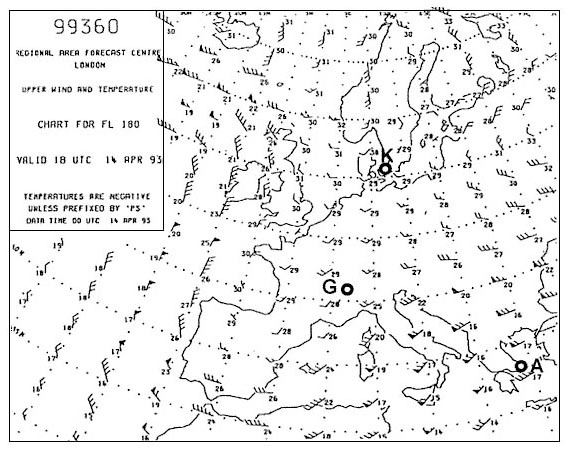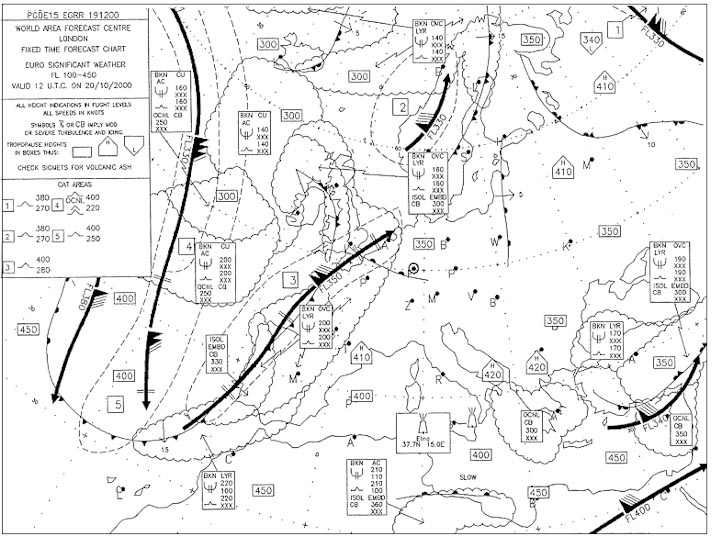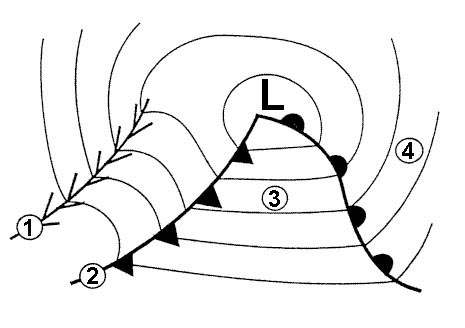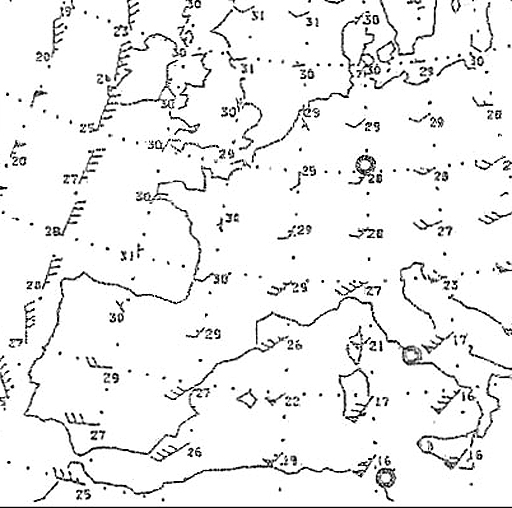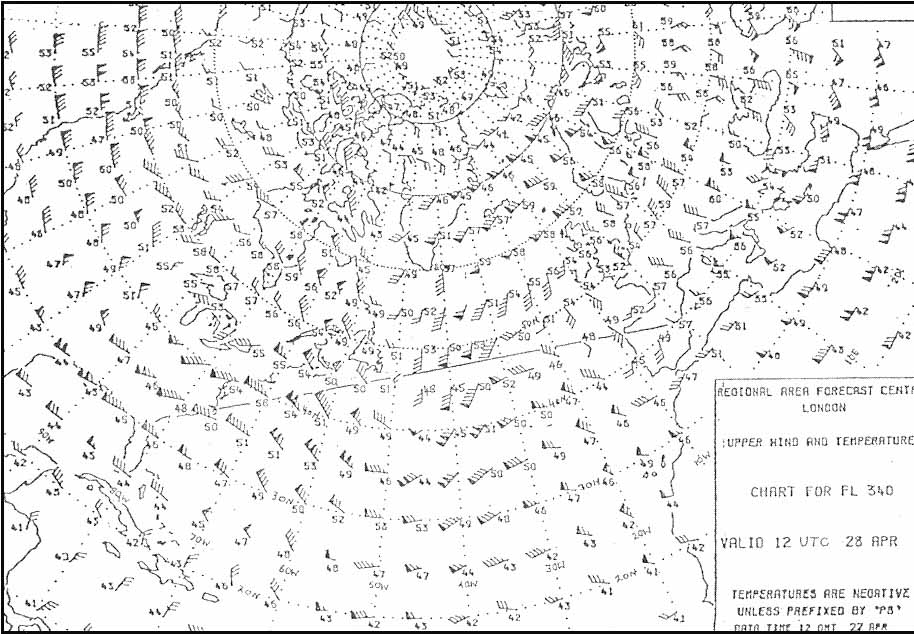Question 200-1 : The magnetic variation to convert the rmi bearings of ndbs and vors to true bearings will occur at the ? [ Exam pilot ]
Aircraft position for ndbs and at the beacon position for vors
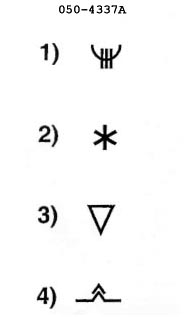
Question 200-2 : The frequency range of a vor receiver is ?
Question 200-3 : Which of the following is the icao allocated frequency band for aeronautical ndbs ?
Question 200-4 : Errors caused by the effect of coastal refraction on bearings at lower altitudes are maximum when the ndb is ?
Inland and the bearing crosses the coast at an acute angle

Question 200-5 : The dme distance measuring equipment operates in which frequency range ?
960 to 1215 mhz
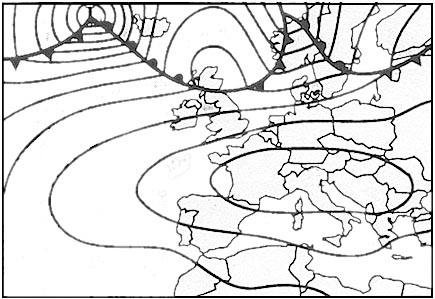
Question 200-6 : The frequency of the amplitude modulation and the colour of an ils outer marker om light is ?
400 hz and blue
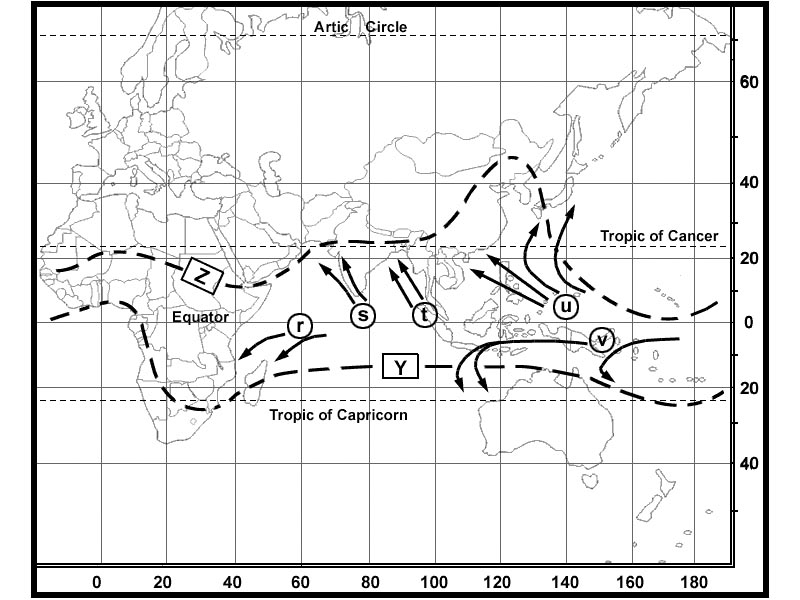
Question 200-7 : A dvor is less sensitive to site errors than a cvor because ?
The variable phase is frequency modulated rather than amplitude modulated

Question 200-8 : The ils receiver of an aircraft on approach and flying to the right of the runway centreline will receive ?
More of the 150 hz localiser signal than the 90 hz localiser signal
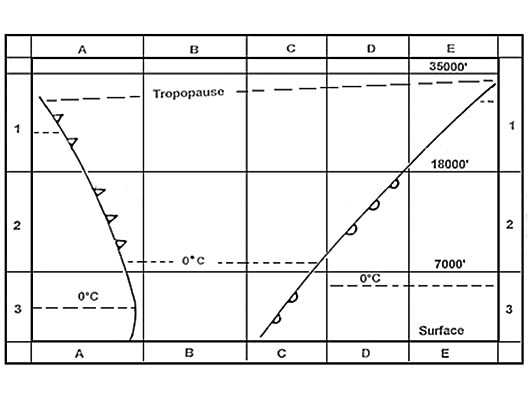
Question 200-9 : Regarding ils operations which of the following circumstances will trigger warning flags for the llz and the gp .1 the measured ddm is zero . .2 the absence of the 90 hz and 150 hz modulation simultaneously . .3 the cloud base as reported by the atis is below landing minima . .4 the modulation ?
2 and 4
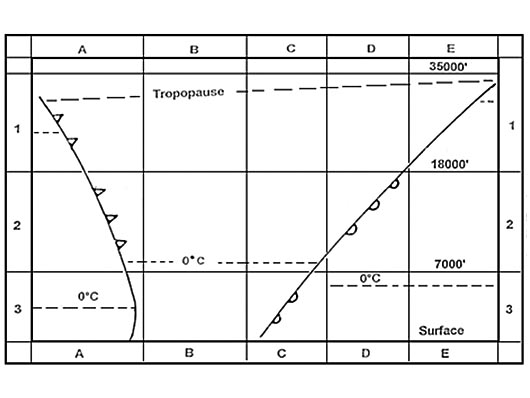
Question 200-10 : An aircraft tracking to intercept the instrument landing system ils localiser inbound on the approach side outside the published ils coverage angle ?
May receive false course indications
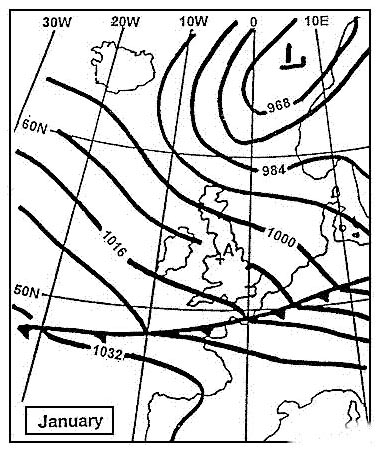
Question 200-11 : An aircraft at fl300 in isa conditions and with a ground speed of 300 kt is about pass overhead a dme station at msl the dme receiver is capable of determining ground speed one minute before the overhead dme speed and distance indications are respectively ?
Less than 300 kt and 7 nm

Question 200-12 : An ils glide path provides azimuth coverage i each side of the localiser centreline to a distance of ii nm from the threshold ?
I 8° ii 10
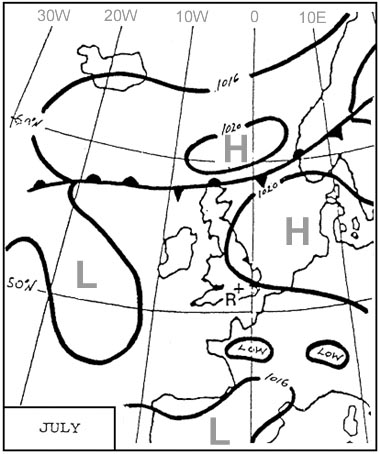
Question 200-13 : The vor radial an aircraft is on depends upon ?
The phase difference between the reference and variable phases

Question 200-14 : Which of the following errors affects the use of vor ?
Scalloping
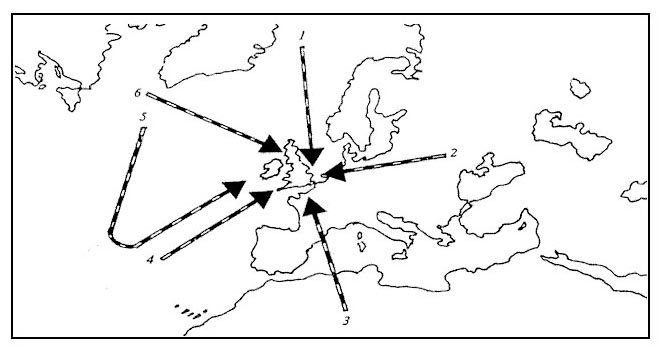
Question 200-15 : How can a dme interrogator distinguish between its own reply pulse pairs and the reply pulse pairs of other aircraft in the area using the same dme station ?
The pulse repetition frequency of the pulse pairs transmitted by the interrogator varies for each interrogator in a unique rhythm
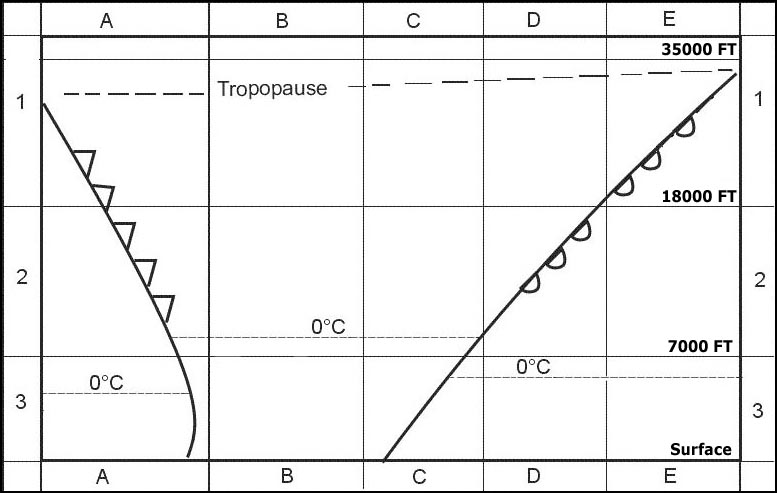
Question 200-16 : Which of the following alternatives is correct regarding audio and visual signals in the cockpit when passing overhead an ils middle marker ?
Audio 1300 hz alternating dots and dashes visual amber light flashes
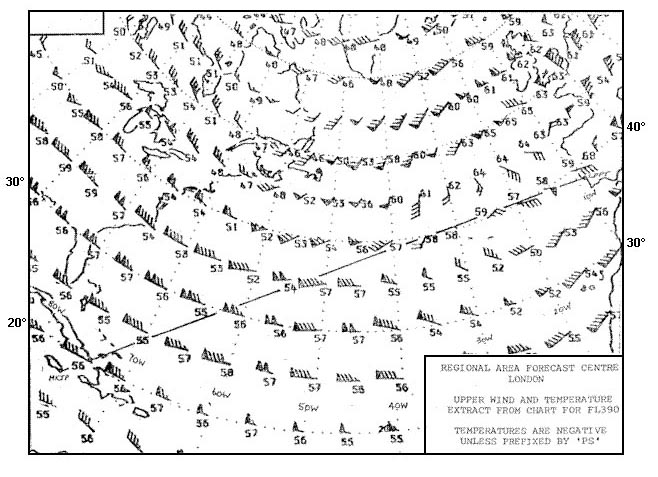
Question 200-17 : Of the approach aids listed below which option correctly identifies those that use the vhf band .1 locator . .2 localiser . .3 outer marker . .4 glide path ?
Question 200-18 : Middle marker beacons of an ils transmit at ?
75 mhz
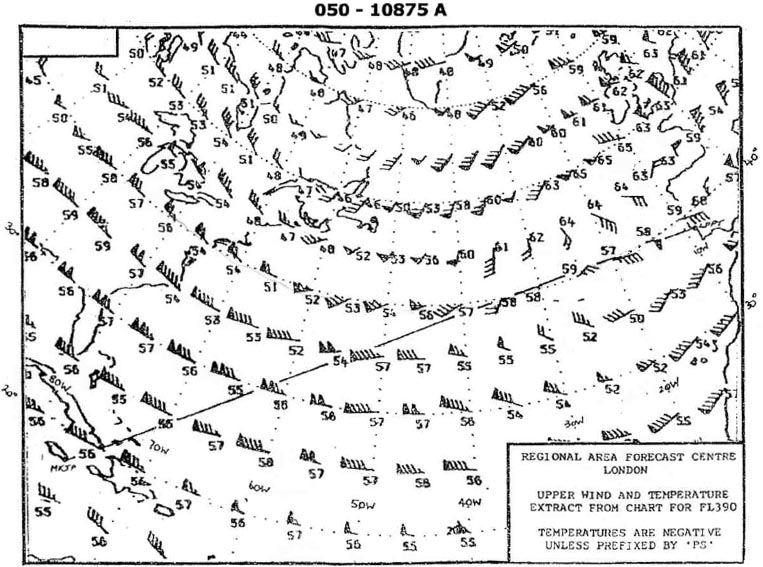
Question 200-19 : The ils marker identified audibly by a series of dots 6/second is the… ?
Inner marker
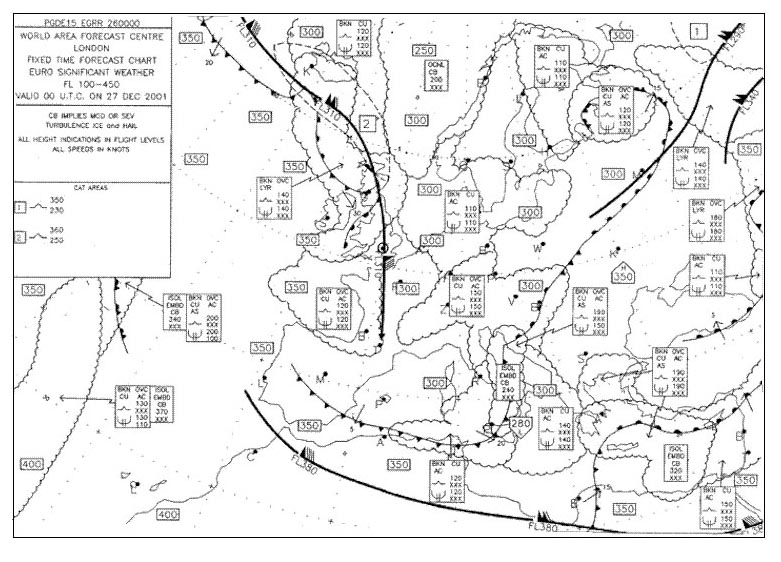
Question 200-20 : The ils marker identified audibly by a series of alternate dots and dashes is the… ?
Middle marker
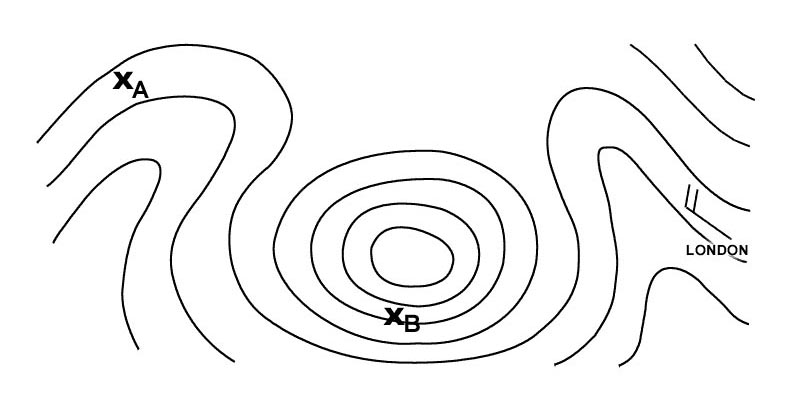
Question 200-21 : The audio frequency modulation of the middle marker shall be keyed as follows… ?
A continuous series of alternate dots and dashes
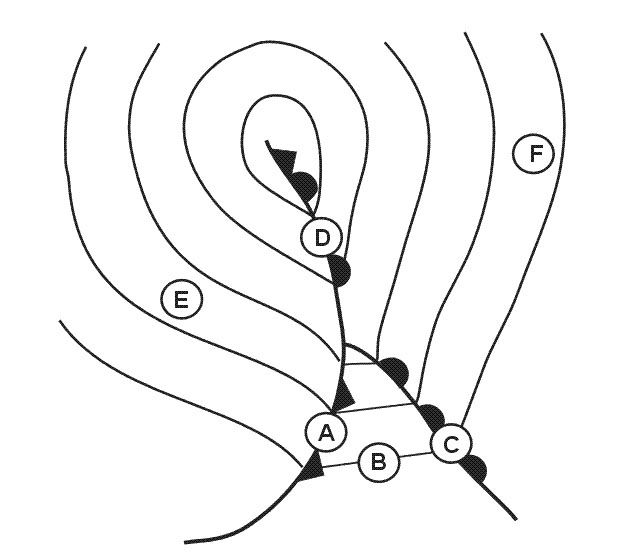
Question 200-22 : The ils outer marker modulation frequency is ?
400 hz
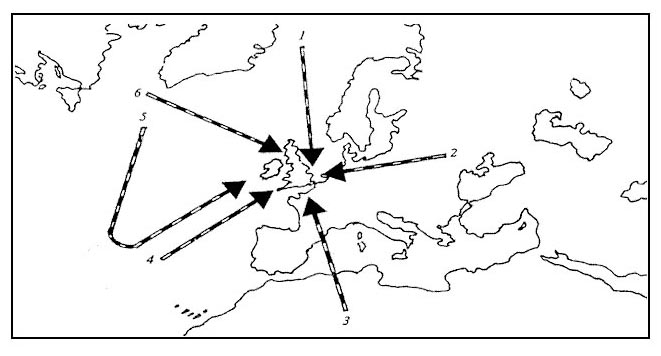
Question 200-23 : According to the principle of operation in an ils the difference in depth of modulation will ?
Increase with displacement from the centreline
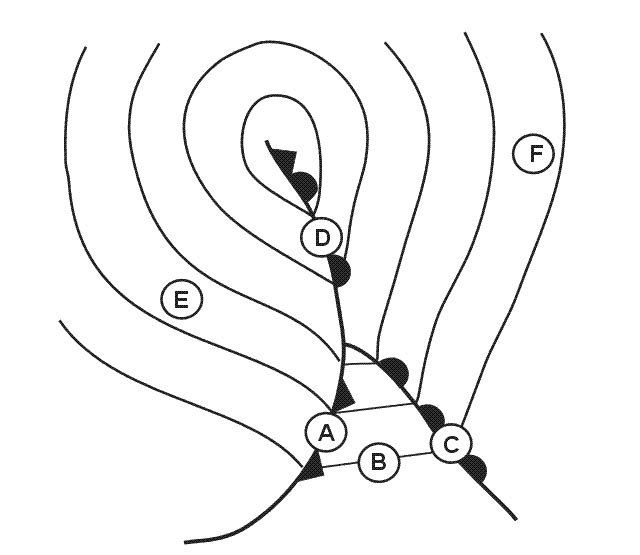
Question 200-24 : The type of modulation of the ils frequency carrier is ?
Amplitude modulation

Question 200-25 : One of the possible disturbances of the ils signal is 'scalloping' which statement is correct ?
Scalloping causes rapid indicator changes from side to side of the intended approach path which cannot be followed by the aircraft
Question 200-26 : What is the reason that dme utilises pulse pairs instead of single pulses ?
To distinguish dme transmissions from transmissions of other radar systems utilising single pulses
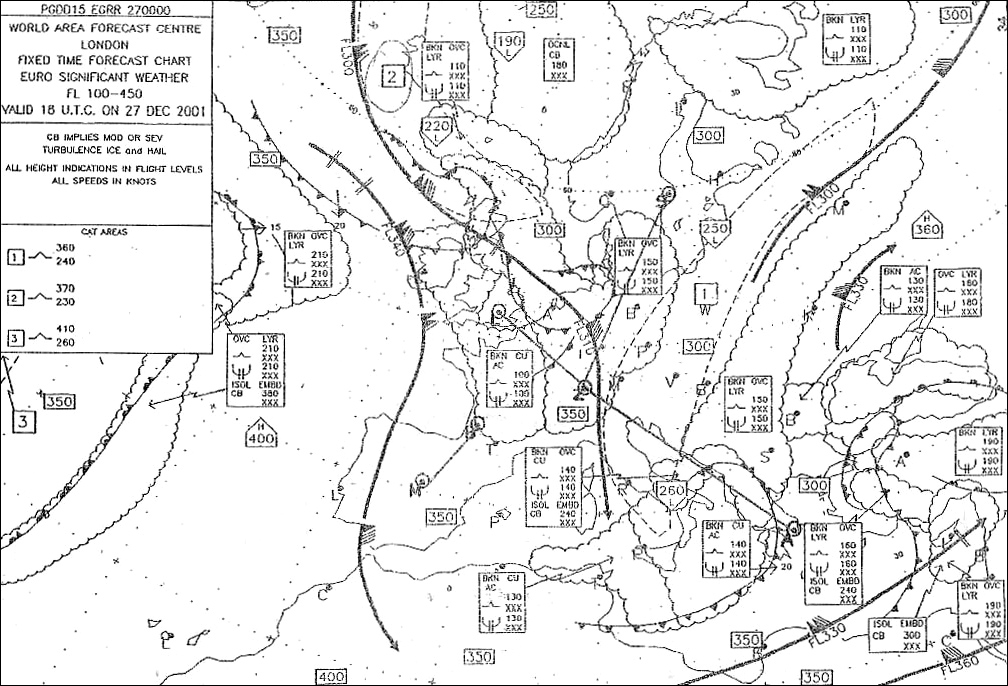
Question 200-27 : If two dme ranges are plotted on the chart and used to fix the aircraft position what would be indicated on the chart ?
Two circular position lines intersecting at two points the distance from each transmitter being the slant range
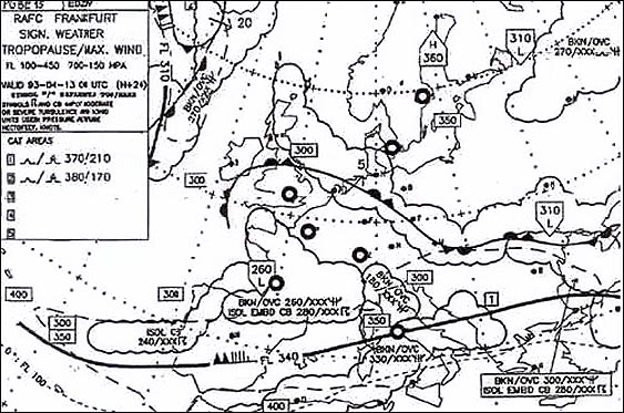
Question 200-28 : Which option correctly identifies the approach aid s listed below to which the uhf band is assigned .1 locator . .2 localiser . .3 outer marker . .4 glide path ?
Question 200-29 : What radio navigation aid would be associated with the transmission frequency 110 35 mhz ?
Ils localiser
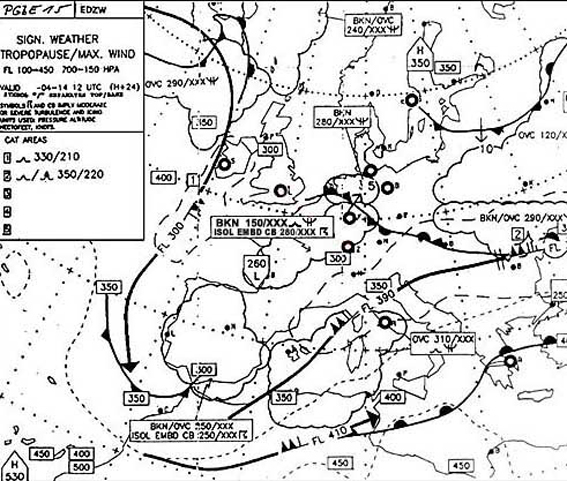
Question 200-30 : To enter a holding pattern based on a vor/dme fix which entry sectors are permissible when following a dme arc entry track sectors ?
1 and 3
Question 200-31 : On an ils approach when flying overhead the outer marker the colour of the flashing light will be… ?
Blue

Question 200-32 : Mls installations notified for operation unless otherwise stated provide azimuth coverage of ?
±40° about the nominal course line out to a range of 20 nm
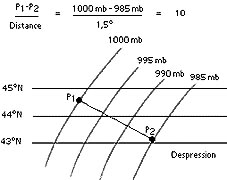
Question 200-33 : There are two ndbs one 20 nm inland and the other 50 nm inland from the coast assuming that the error caused by coastal refraction is the same for both propagations the extent of the error in a position line plotted by an aircraft that is over water will be ?
Greater from the beacon that is 50 nm inland
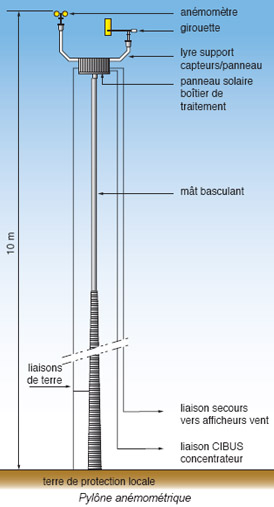
Question 200-34 : When an ndb fails which kind of warning is visible in the cockpit ?
No warning
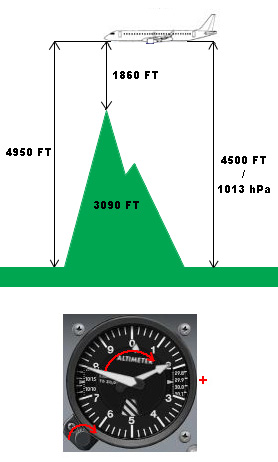
Question 200-35 : The dme line of position is a circle with radius ?
A the ground distance and centre the dme station
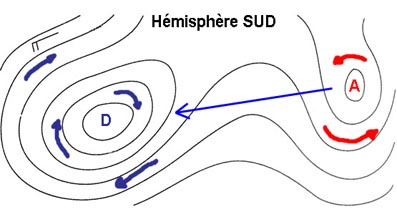
Question 200-36 : An aircraft has a magnetic heading of 290°and is on vor radial 280° which value has to be selected on the obs to get a to indication and the cdi centred ?
100°
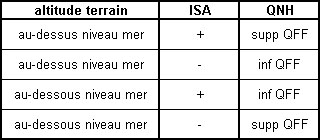
Question 200-37 : The bfo selector switch on the adf control panel must be in the 'on' position to enable the pilot to ?
Hear the ident of ndbs using n0n a1a transmissions
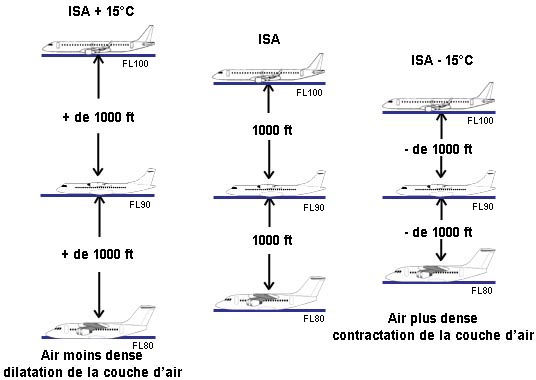
Question 200-38 : An ndb is on a relative bearing of 316° from an aircraft given .. . . compass heading . 270°. . . at aircraft deviation . 2°w. . . at aircraft variation . 30°e. . . at station variation . 28°e. . ..calculate the true bearing of the ndb from the aircraft ?
254°
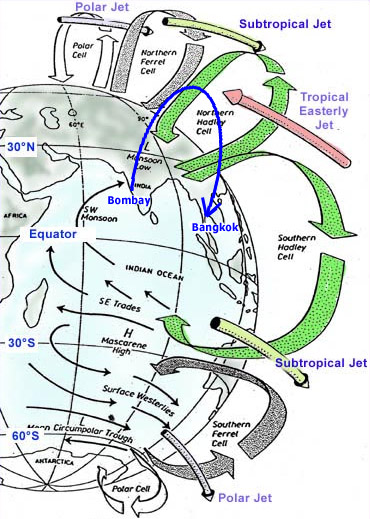
Question 200-39 : Given the following information what relative bearing will be shown on the rbi in order to maintain an outbound course of 257° m from overhead the ndb w/v 230° t /20 kt . variation 6°e . tas 80 kt ?
188°
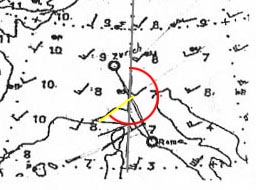
Question 200-40 : On the qdr of 075° in the vicinity of the station with a magnetic heading of 295° the relative bearing on the adf indicator is ?
320°
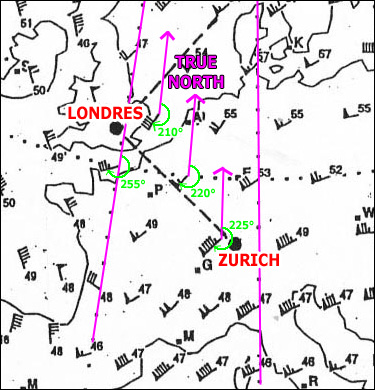
~
Exclusive rights reserved. Reproduction prohibited under penalty of prosecution.
7959 Free Training Exam

